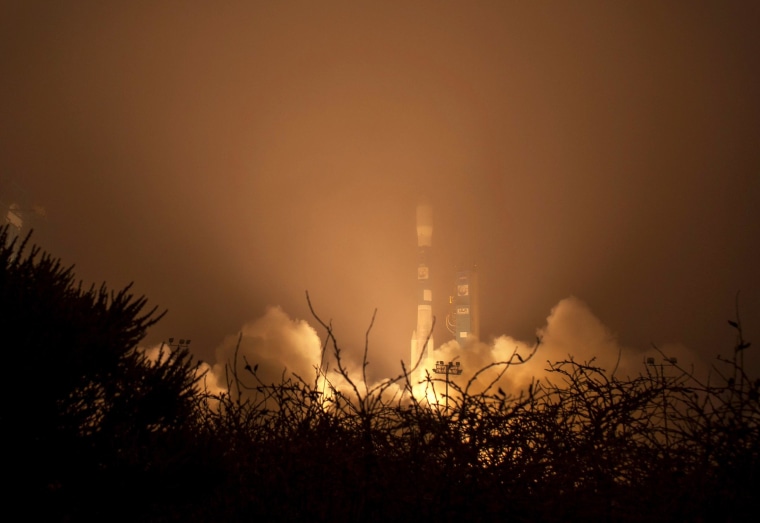NASA sent its latest environmental satellite into orbit early Wednesday to track the ebb and flow of carbon dioxide in Earth's atmosphere, five years after the first Orbiting Carbon Observatory was lost due to a launch failure. OCO-2 rose from its launch pad at Vandenberg Air Force Base in California on a Delta 2 rocket and will eventually join a train of Earth-watching satellites in a pole-to-pole orbit. The $468 million mission is designed to pinpoint where atmospheric CO2 comes from and where it goes on a global scale, to help scientists understand the mechanism behind climate change.
The first OCO was destroyed in 2009 just minutes after liftoff when its Taurus XL rocket plummeted into the Indian Ocean near Antarctica. After an investigation, NASA decided to try again with a nearly identical spacecraft and a different type of rocket. OCO-2's launch was supposed to take place Tuesday, but was delayed 24 hours due to a launch-pad malfunction.
Sign up for Science news delivered to your inbox
IN DEPTH
- How OCO-2 Will Study Global Warming
- The 'New' NASA Looks Back at Earth
- Five Things to Know About OCO-2 (Phys.org)
